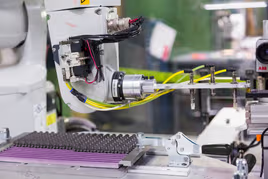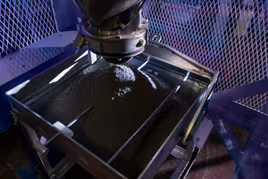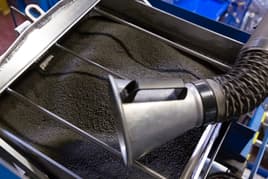Why Choose
Metal Injection Molding?Metal Injection Molding is the smart choice for projects that demand:- Precise and complex parts
- High-density parts
- Greater design freedom
- Customization
- Consistency over large production runs
- Part consolidation
- Reduced assemblies
- Material versatility
- Enhanced mechanical properties
- Faster cycle times
- Tighter tolerances
- Decreased defects
- Cost-Efficiency









